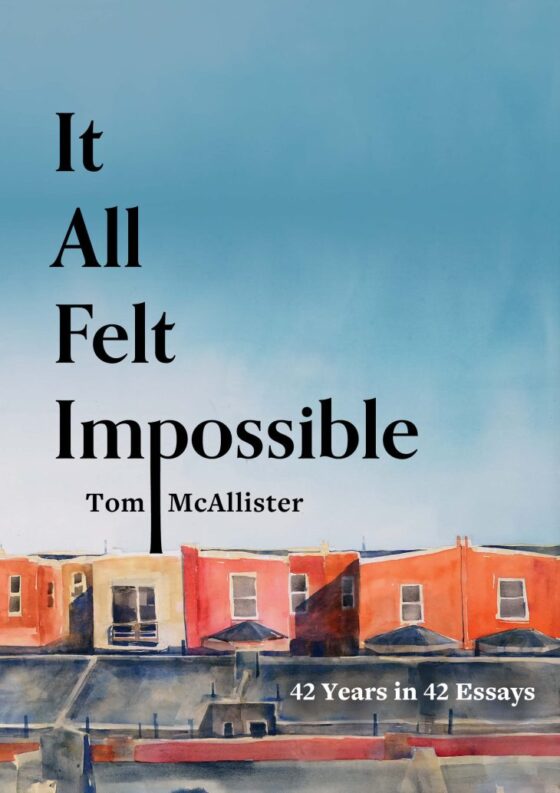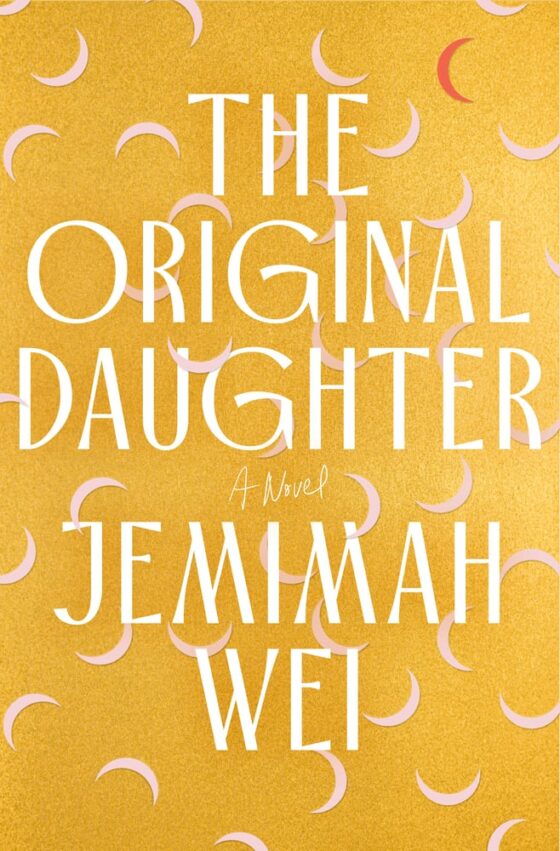Just when you thought you had a full biblio of Shakespeare’s plays, up pops another. Tom Jacobs wrote earlier this week for Pacific Standard on Double Falsehood, a play found nearly a century after Shakespeare’s death and now believed to be at least partially written by the Bard. Ryan L. Boyd and James Pennebaker, researchers at the University of Texas–Austin, developed an intensive analysis of numerous plays written by Shakespeare, John Fletcher (a co-author with Shakespeare on two other plays), and Lewis Theobald (the 18th-century playwright and Shakespearean scholar claiming to have rescued Double Falsehood from a fire).
To do their analysis, Boyd and Pennebraker developed “psychological signatures” of the three authors that categorized their writings along the following spectrum, explained by Jacobs:
Authors on one end of this spectrum “tend to use nouns, articles, and prepositions at high rates,” they write; this reflects their tendency “to be analytic or formal in their thinking.” Those on the other end use disproportionate number of pronouns and adverbs, reflecting the fact they are “dynamic thinkers (who) tend to live more in the here-and-now.”
Their findings point to the dynamic stylings of Shakespeare’s “psychological signature” heavily on the front end of the play, and Fletcher’s on the last two acts.
So, what’s the play about? You can read the piece in its entirety thanks to the Internet Archive (you’ll need to scroll down a bit). In looking over just the first few acts, the play, which some have labeled “tragicomic,” veers into some fairly dark territory such as arranged/forced marriages by greedy fathers and a duke’s son that rapes a young maiden. The maiden in question, a woman named Violante, afterward asks a question that echoes eerily for audiences today, where too many young women are still victims of sexual violence:
Whom shall I look upon without a Blush?
There’s not a Maid, whose Eye with Virgin Gaze
Pierces not to my Guilt. What will’t avail me,
To say I was not willing:
Nothing; but that I publish my Dishonour,
and wound my Fame anew.
This sounds like a doozy of a play that might (borrowing from the words of Shakespeare’s contemporary Christopher Marlowe) just launch a thousand new dissertations.
*
On Thursday, the Center for Fiction shared its latest monthly installment of The Model Short Story. Chimamanda Ngozi Adichie made April’s selection, “The Garden Party” by Katherine Mansfield, which she describes as “the perfect story: realistic and subtle but never hiding behind the idea of art for art’s sake. It actually has something to say.”
Originally published in the early 20th Century, for us today, this is one of those periscoping stories that allows us a glimpse of a day in the life of both high-society British women preparing for a tea party and the impoverished neighborhood at the bottom of their lane. Here is one such moment of contrast that Mansfield captures brilliantly:
The road gleamed white, and down below in the hollow the little cottages were in deep shade. How quiet it seemed after the afternoon. Here she was going down the hill to somewhere where a man lay dead, and she couldn’t realize it. Why couldn’t she? She stopped a minute. And it seemed to her that kisses, voices, tinkling spoons, laughter, the smell of crushed grass were somehow inside her. She had no room for anything else. How strange! She looked up at the pale sky, and all she thought was, “Yes, it was the most successful party.”




